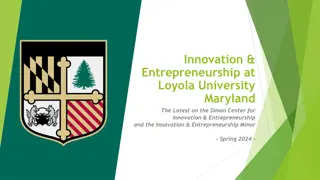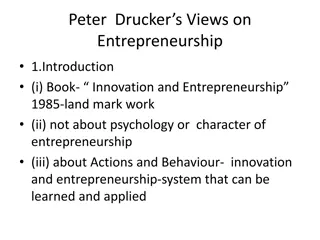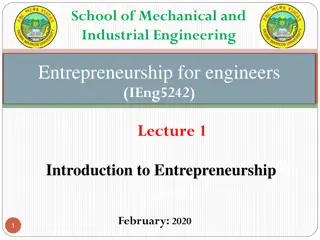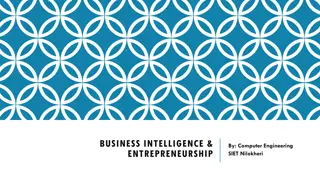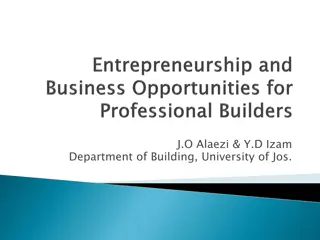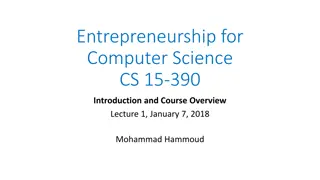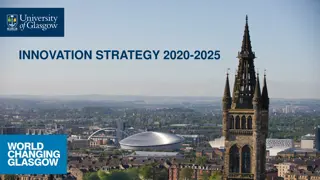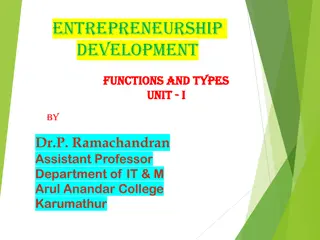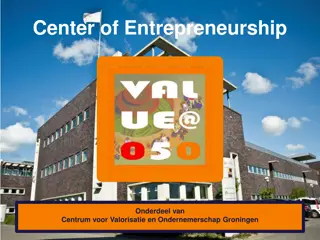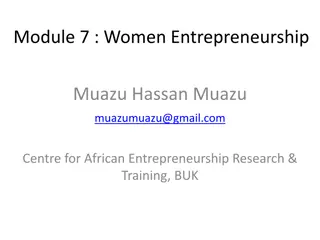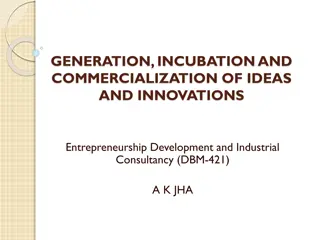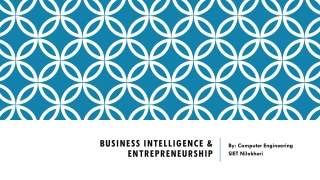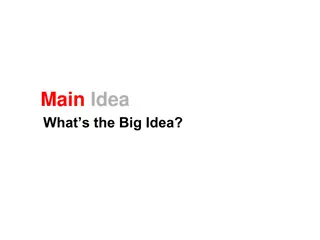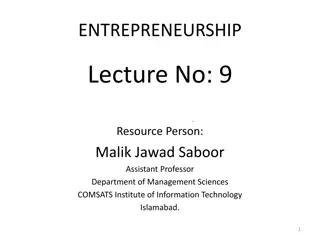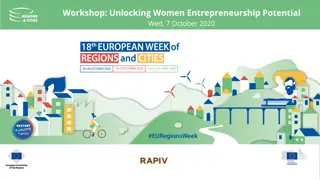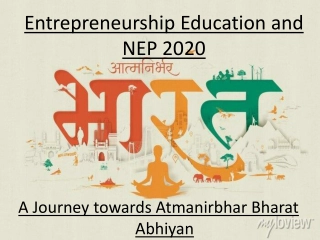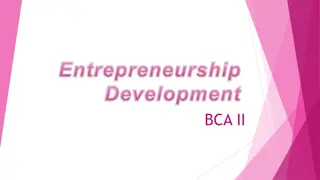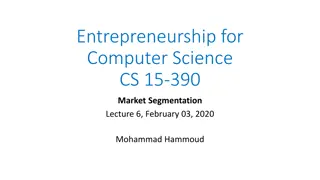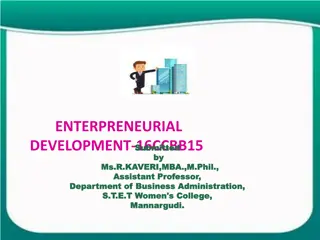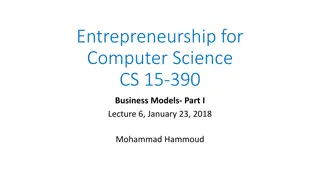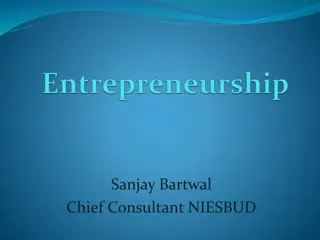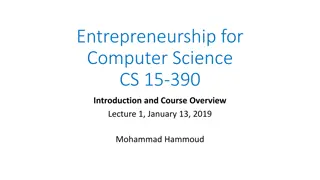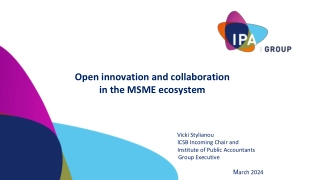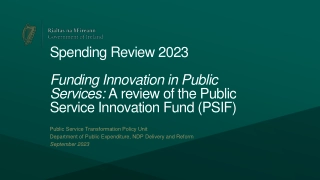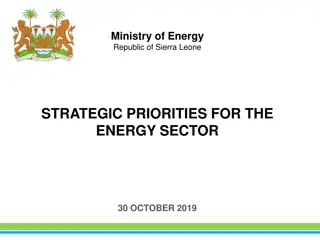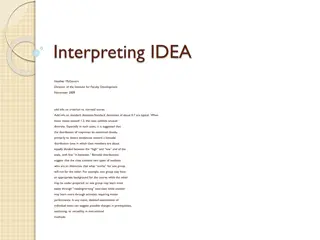Idea Generation and Innovation for Entrepreneurship Development (DBM-421) by A.K. Jha
This course covers the process of generating, incubating, and commercializing ideas for entrepreneurship. It emphasizes the importance of innovative and implementable ideas, encouraging entrepreneurs to explore multiple ideas before selecting the most promising one. Various methods for idea generation, including focus groups, brainstorming, problem inventory analysis, and more, are discussed along with sources of ideas such as consumers, existing products, distribution channels, and research and development efforts.
Download Presentation

Please find below an Image/Link to download the presentation.
The content on the website is provided AS IS for your information and personal use only. It may not be sold, licensed, or shared on other websites without obtaining consent from the author. Download presentation by click this link. If you encounter any issues during the download, it is possible that the publisher has removed the file from their server.
E N D
Presentation Transcript
GENERATION, INCUBATION AND COMMERCIALIZATION OF IDEAS AND INNOVATIONS Entrepreneurship Development and Industrial Consultancy (DBM-421) A K JHA
Introduction A good idea decides the success to an enterprise. Idea should be implementable It should be innovative Entrepreneur should be able to manage the idea independently It is necessary to pursue/ think about at least five to ten ideas initially and then select the most promising idea among them.
Sources of Ideas 1. Consumers : Entrepreneurs should focus on emerging demands or unfulfilled consumer s needs and wants. 2. Existing products : Systematically analyze the existing products in the market to improve upon the existing products to match with the consumer s need. 3. Distribution channels : Channel members frequently interact with the consumers and often know their hidden needs. Thus they provide meaningful clue for developing new products products. 4. Research and Development : R & D efforts by existing organization, leads to new ideas for the organization. or modifying existing
Methods of Generating Ideas Focus Groups : Groups of individual providing information in structured formats. Brain Storming : A group method for obtaining new ideas and solutions. Problem inventory analysis : A method for obtaining new ideas and solution by focusing on problems. Creative problem solving : A method for obtaining new ideas focusing on parameters. Reverse Brain Storming : A group method for obtaining new ideas focusing on the negative. Synectics : A method for individuals to solve problem through one of the four analogy mechanism : Personal, Direct, Symbiotic and Fantasy Gordon Method : A method for developing new ideas when the individuals are unaware of the problem. Check list method : Developing a new idea through a list of related issues. Free Association : Developing a new idea through a chain of word association. Forced Relationships : Developing a new idea by looking at product combinations. Collective notebook method : Developing a new idea by group members regularly recording ideas. Heuristics : Developing a new idea through a thought process progression. Scientific method : Developing a new idea through inquiry and testing. Value analysis: Developing a new idea by evaluating worth of aspects of ideas. Attribute listing : Developing a new idea by looking at the positive and negative attributes. Matrix Charting : Developing a new idea by listing important elements on attributes axes of a chart. Big dream approach : Developing a new idea by thinking about constraints. Parameter Analysis : Developing a new idea by focusing on parameter identification and creative synthesis.
Methods of Generating Ideas Focus Groups : Groups of individual providing information in structured formats. Brain Storming : A group method for obtaining new ideas and solutions. Problem inventory analysis : A method for obtaining new ideas and solution by focusing on problems. Creative problem solving : A method for obtaining new ideas focusing on parameters. Reverse Brain Storming :A group method for obtaining new ideas focusing on the negative. Synectics : A method for individuals to solve problem through one of the four analogy mechanism : Personal, Direct, Symbiotic and Fantasy Gordon Method : A method for developing new ideas when the individuals are unaware of the problem. Check list method :Developing a new idea through a list of related issues. 1. 2. 3. 4. 5. 6. 7. 8.
Methods of Generating Ideas Free Association : Developing a new idea through a chain of word association. Forced Relationships : Developing a new idea by looking at product combinations. Collective notebook method : Developing a new idea by group members regularly recording ideas. Heuristics : Developing a new idea through a thought process progression. Scientific method : Developing a new idea through inquiry and testing. Value analysis: Developing a new idea by evaluating worth of aspects of ideas. Attribute listing : Developing a new idea by looking at the positive and negative attributes. Matrix Charting : Developing a new idea by listing important elements on attributes axes of a chart. Big dream approach : Developing a new idea by thinking about constraints. Parameter Analysis : Developing a new idea by focusing on parameter identification and creative synthesis. 10. 11. 12. 13. 14. 15. 16. 17. 18. 19.
Product Planning and Development Process Several ideas can be obtained by using the idea generation method. After careful analysis and screening, potential ideas are further developed into a final product or service. This is carried out through product planning and development process,which is divided into five stages. Idea Stage : In this stage new product ideas are generated and potential ideas are selected from among all the generated ideas. Concept Stage : At this stage product is not actually produced but preliminary reactions are obtained from prospective consumers. Based upon responses, the product can be refined/ reformulated according to the consumers need,or dropped. 1. 2.
Product Planning and Development Process Product Development stage : At this stage actual, physical product is given to the consumer panel for evaluation. Test Marketing Stage : A market test can be carried out to increase the commercialization. At this stage actual sales results are obtained indicating the consumers. Based on the feedback from consumers necessary improvements product. Commercialization : At department carries out related promotional activities and production department for mass production of the product. 3. 4. probability of successful acceptance level of the are incorporated in the this stage marketing 5.


